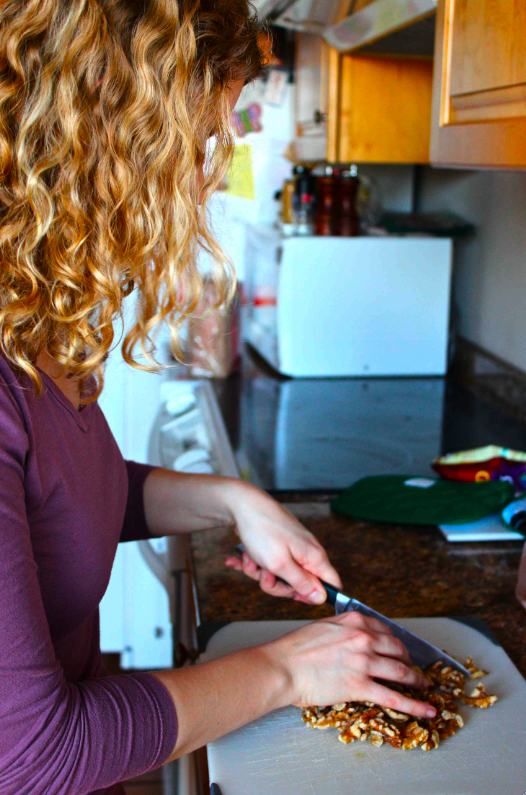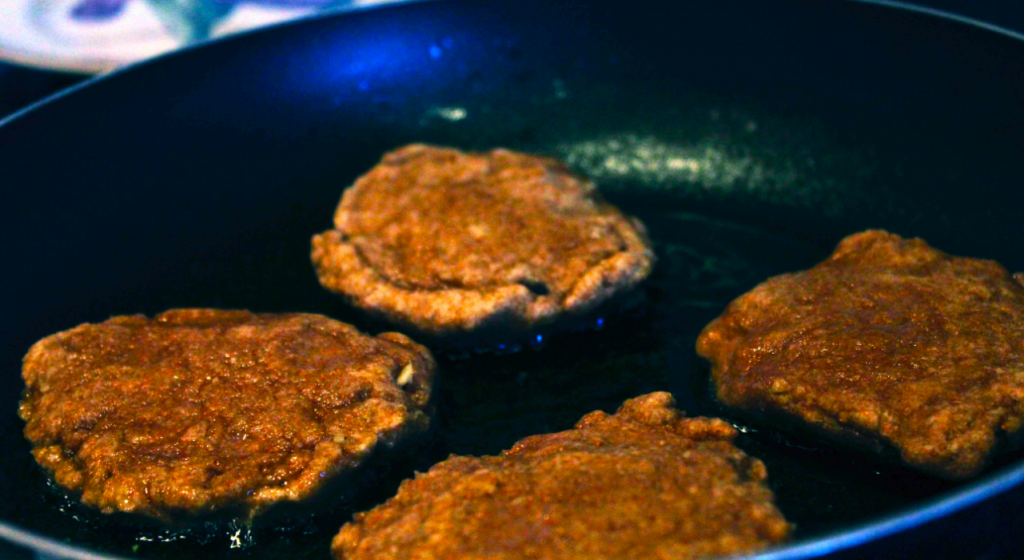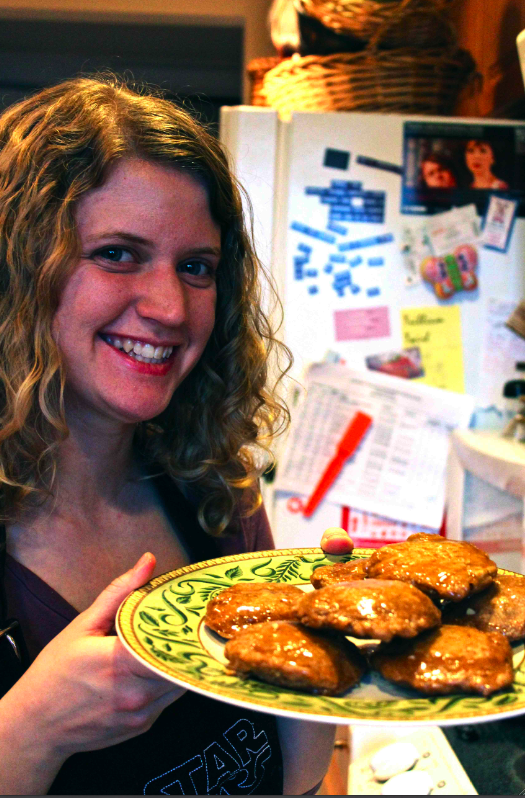Jessica Gottesmann is a super-senior about to earn her dual degree in violin performance and political science. She speaks with Spoon about her historic cooking habit.
Beginnings
“Three winters ago, during winter break, I was home. I didn’t have that much going on. I just had this question floating around in my head, which was, ‘In the Middle Ages, what did people actually eat?’”
After a trip to the library, Jessica started experimenting. Hungry for more, she suggested that Hobart, her dorm at the time, host medieval-themed munchies. It became the first annual Hobart medieval banquet, and Jessica found herself interested in looking even further back in history for culinary inspiration.
Why ancient recipes are good to try with friends:
“It kind of levels the playing field, because you have some people that know nothing about cooking, and some people that are very good and, to a certain extent, nobody knows what they’re doing.”
Craziest experience:
“We made this apple bread pudding that required some red cooking wine. And with medieval recipes, you know, they don’t tell you the amounts. So you just have to guess, and you have to know food well enough to figure it out. And none of us knew food well enough to figure out how much wine you put into apple bread-pudding. There was way too much wine. It didn’t boil off.”
Favorite recipe:
Ancient Roman Honey Cakes
Ingredients: Flour, Water, Figs, Walnuts, Olive Oil, Honey
1. In a large bowl, mix water and flour together until you get a doughy consistency.
2. Take chunks of dough and flatten them into circles a little smaller than the palm of your hand. 3. Chop nuts and figs and mix together. 4. Place a bit of the mixture in the middle of one round of dough.
5. Lightly moisten the edge of the dough circle with water, place another circle on top, and pinch them together around the outside. Continue to make these cakes until your dough and filling are used up.
4. Place a bit of the mixture in the middle of one round of dough.
5. Lightly moisten the edge of the dough circle with water, place another circle on top, and pinch them together around the outside. Continue to make these cakes until your dough and filling are used up. 6. Fry the cakes in olive oil on both sides. Then fry them in honey. The finished cakes should be golden brown.
6. Fry the cakes in olive oil on both sides. Then fry them in honey. The finished cakes should be golden brown. 7. Remove from heat, let cool and enjoy.
7. Remove from heat, let cool and enjoy. Suggestions:
Suggestions:
For those interested in trying historic cooking, Jessica recommends http://www.godecookery.com/ as a resource. It provides the original recipe, a translation (they’re often in Middle English), and an adaptation for the modern kitchen.

